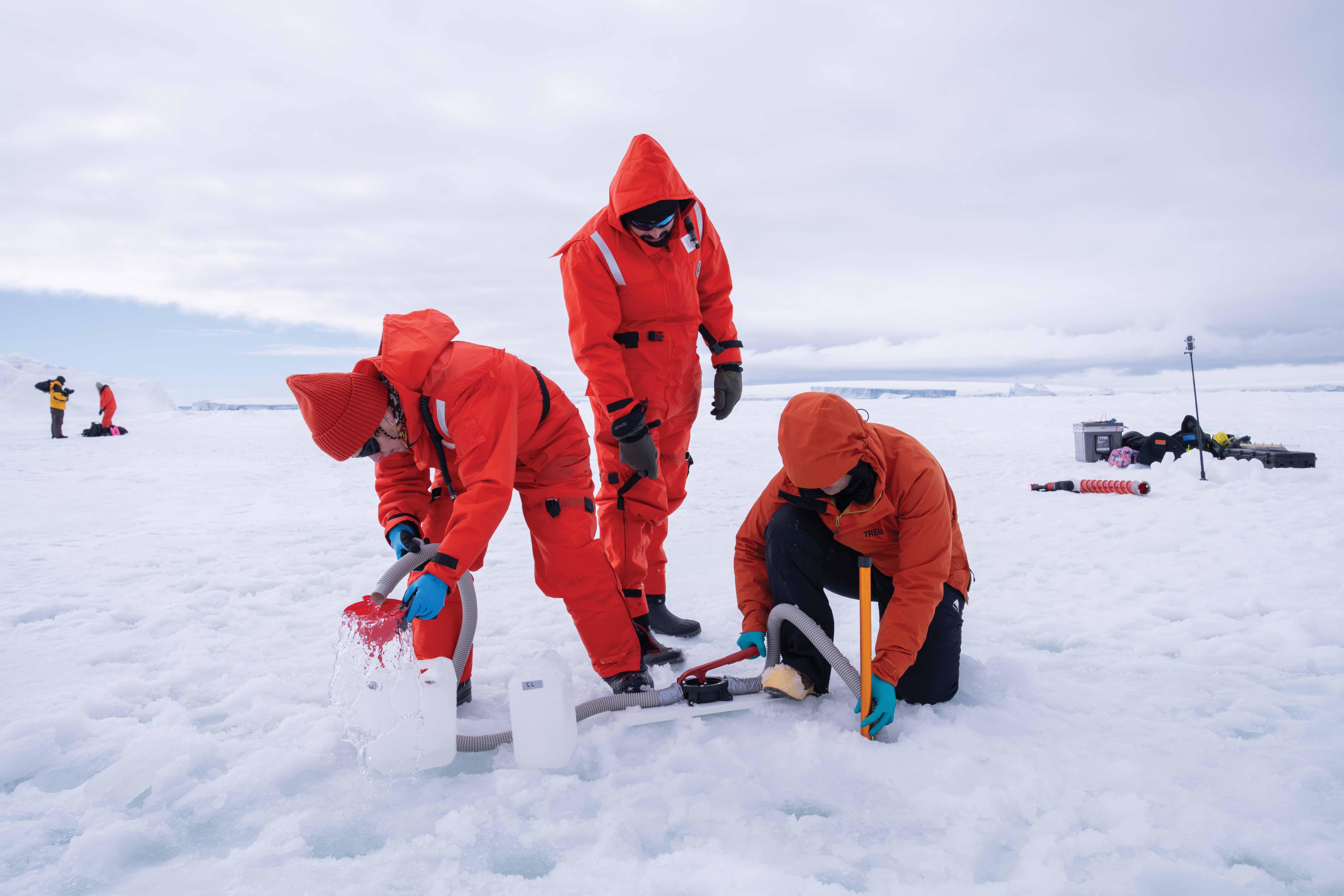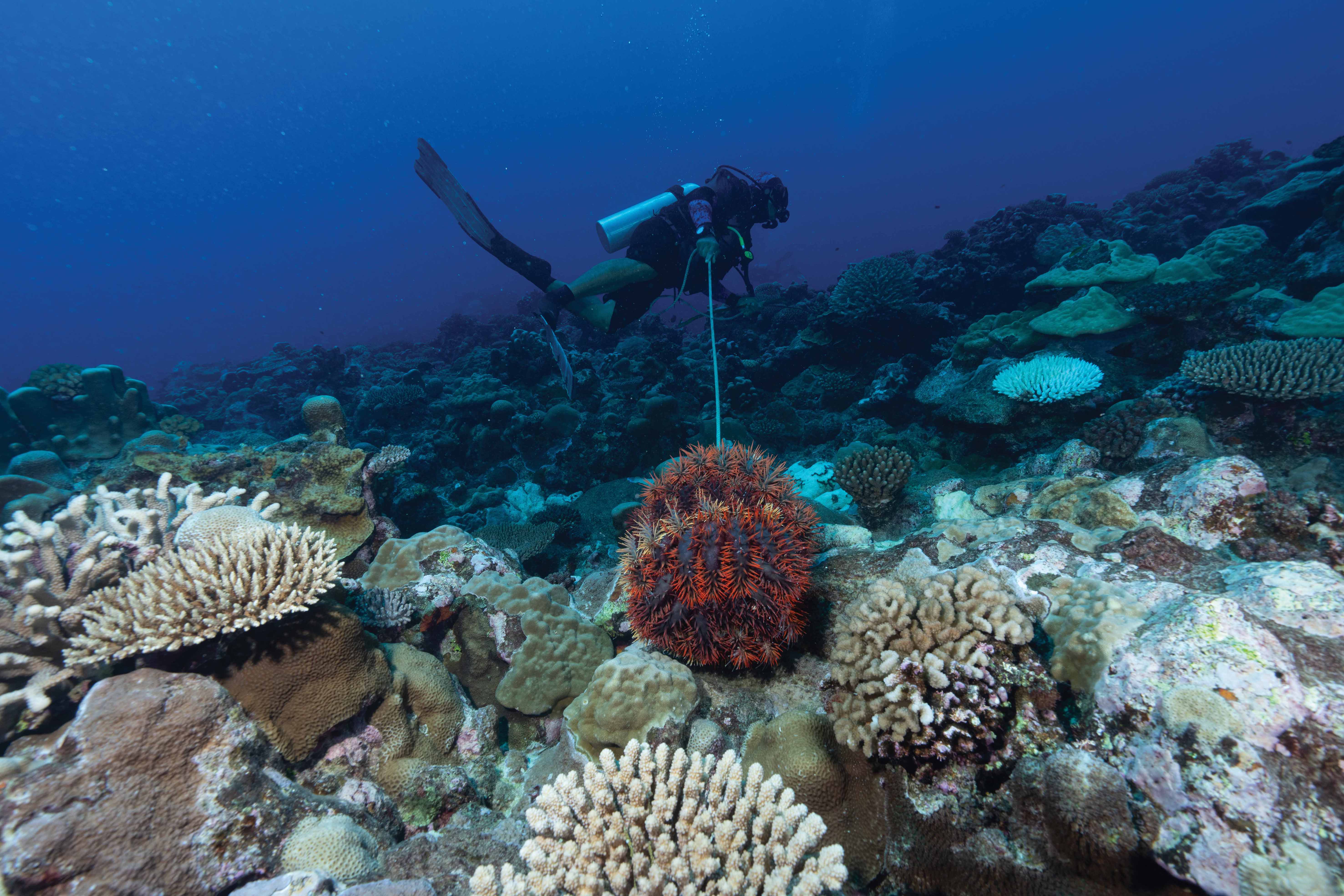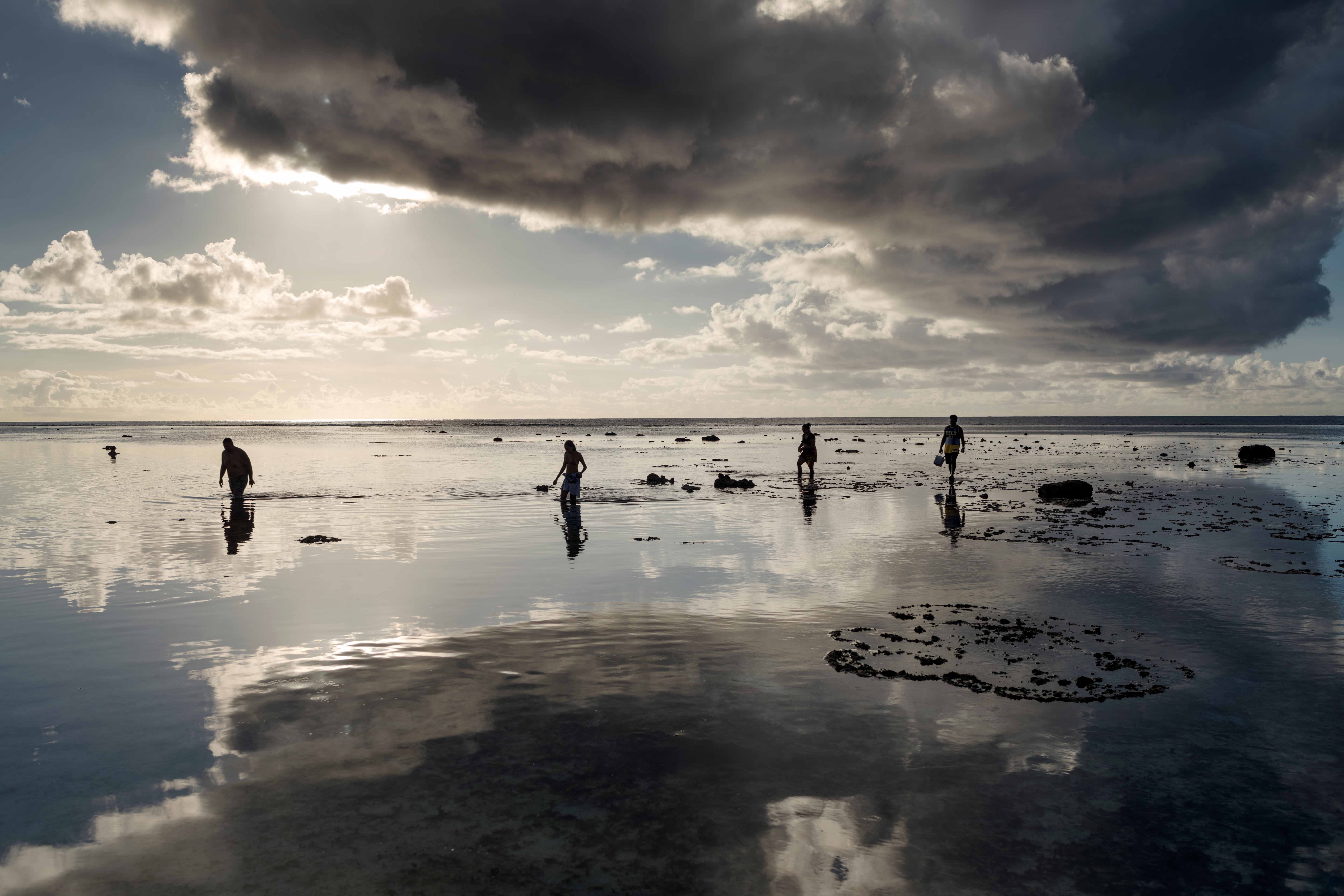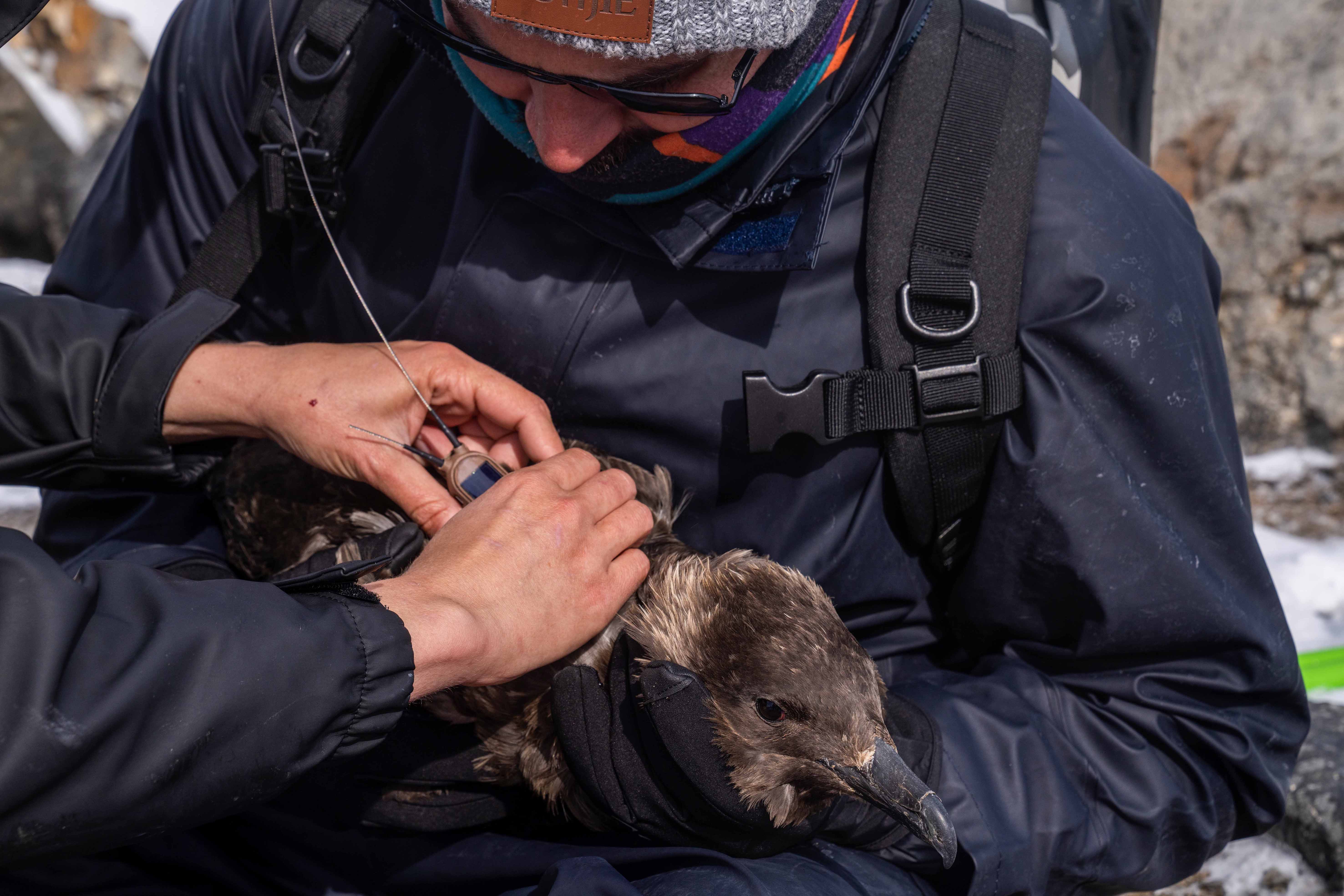Covering more than 70 per cent of the Earth’s surface, the ocean is the planet’s largest and most complex ecosystem. It plays a critical role in regulating climate, sustaining biodiversity, and supporting communities across the globe. Yet despite its immense importance, vast parts of the ocean remain largely overlooked and increasingly unprotected from warming sea temperatures, habitat degradation, and overexploitation.
In response to this urgent need for greater understanding and action, Rolex and the National Geographic Society have launched the next chapter in their Perpetual Planet Expeditions: The Ocean. Spanning a period of two years, this new global initiative will explore all five ocean basins – from the Arctic to the Southern Ocean — uncovering new scientific insights and supporting conservation efforts that are grounded in both cutting-edge research and local knowledge.
The Rolex National Geographic Perpetual Planet Ocean Expeditions is a continuation of the long-standing partnership between Rolex and National Geographic under the Perpetual Planet Initiative, which was established in 2019 to support exploration and research in Earth’s most fragile environments. Past expeditions have taken scientists and explorers to the world’s tallest mountains and densest rainforests. Now, attention turns to the deep blue heart of the planet.
The scale and ambition of the ocean expeditions are unprecedented. Led by multidisciplinary teams of National Geographic Explorers, scientists, storytellers, and local collaborators, the expeditions aim to document lesser-known marine regions, assess the impacts of climate change, and generate practical solutions for coastal communities and policymakers alike.
The first stop: The Arctic Ocean’s Sherman Basin, where researchers are working alongside the Gjoa Haven community to study its unique bio abundance and climate resilience. By integrating oceanographic science with traditional ecological knowledge, the team hopes to develop strategies that can support food security and long-term resilience for Arctic communities.
In the Southern Ocean, explorers travelled aboard the research vessel Falkor (too) — provided by the Schmidt Ocean Institute — on its maiden voyage to this remote region. Using advanced technology, they shone a light on never before-studied ecosystems and revealed the impact of environmental change, from the sea ice to the ocean floor. The findings are expected to offer new understanding of one of the most rapidly changing marine environments on the planet.
In the Indian Ocean, the first-ever locally led deep ocean expedition in the Seychelles is placing the spotlight on deep-sea ecosystems and sustainable fisheries. By deploying custom-built deep-sea camera systems, data on the area’s most productive fishing grounds will be collected. The results will help shape more effective fisheries management while strengthening local capacity for conservation.
Further east in Rarotonga, in the Pacific Ocean, researchers are working to bolster coral reef resilience in the face of rising sea temperatures. The team is testing innovative restoration methods to enhance corals’ tolerance to warming seas – an effort that could have broader implications for reef conservation worldwide.
(Related: Rolex at Venice Biennale 2025: A Legacy in Architecture)
In the Atlantic Ocean, attention turns to the Gambian coastline. There, National Geographic Explorers investigate the effects of sea level rise and saltwater intrusion. By studying the mangroves and their role in supporting biodiversity and food security, the teams hope to offer protection for vulnerable coastal populations — including the capital city of Banjul.
Across all sites, the expeditions are supported by deep-sea Explorer Katy Croff Bell, who is deploying low-cost, easy-to-use deep-sea sensing and imaging platforms, including the Maka Niu and the Deep Ocean Research and Imaging System (DORIS), to make deep-sea exploration more accessible. Her work underscores the collaborative and open-source spirit of the project.
Despite its vastness, the ocean is increasingly vulnerable. Only eight percent of the ocean is currently protected and the pressures of climate change, overfishing, and habitat destruction continue to mount. The Rolex and National Geographic Perpetual Planet Ocean Expeditions serve as a powerful reminder that the future of the planet depends on the health of its oceans, and that science, community engagement, and long-term commitment are key to its preservation.
These expeditions represent more than scientific research — they are a call to action. As Rolex continues its Perpetual Planet Initiative, the brand remains committed to supporting those who are working to safeguard the natural systems that sustain life.







 NATIONAL GEOGRAPHIC EXPLORER AND OCEANOGRAPHER ALLISON FONG (RIGHT), MARINE MICROBIAL ECOLOGIST ADRIANA LOPES DOS SANTOS (LEFT), AND MARINE BIOLOGIST JOÃO BOSCO GUSMÃO (MIDDLE), COLLECTING SAMPLES ©LUJÁN AGUSTI/NATIONAL GEOGRAPHIC
NATIONAL GEOGRAPHIC EXPLORER AND OCEANOGRAPHER ALLISON FONG (RIGHT), MARINE MICROBIAL ECOLOGIST ADRIANA LOPES DOS SANTOS (LEFT), AND MARINE BIOLOGIST JOÃO BOSCO GUSMÃO (MIDDLE), COLLECTING SAMPLES ©LUJÁN AGUSTI/NATIONAL GEOGRAPHIC
 EXPEDITION TEAM MEMBER TE MATA PATAI REMOVES TARAMEA (CROWN-OF-THORNS STARFISH) FROM THE REEF AT AVANA PASSAGE
©GIACOMO D’ORLANDO/NATIONAL GEOGRAPHIC
EXPEDITION TEAM MEMBER TE MATA PATAI REMOVES TARAMEA (CROWN-OF-THORNS STARFISH) FROM THE REEF AT AVANA PASSAGE
©GIACOMO D’ORLANDO/NATIONAL GEOGRAPHIC






 Back
Back
